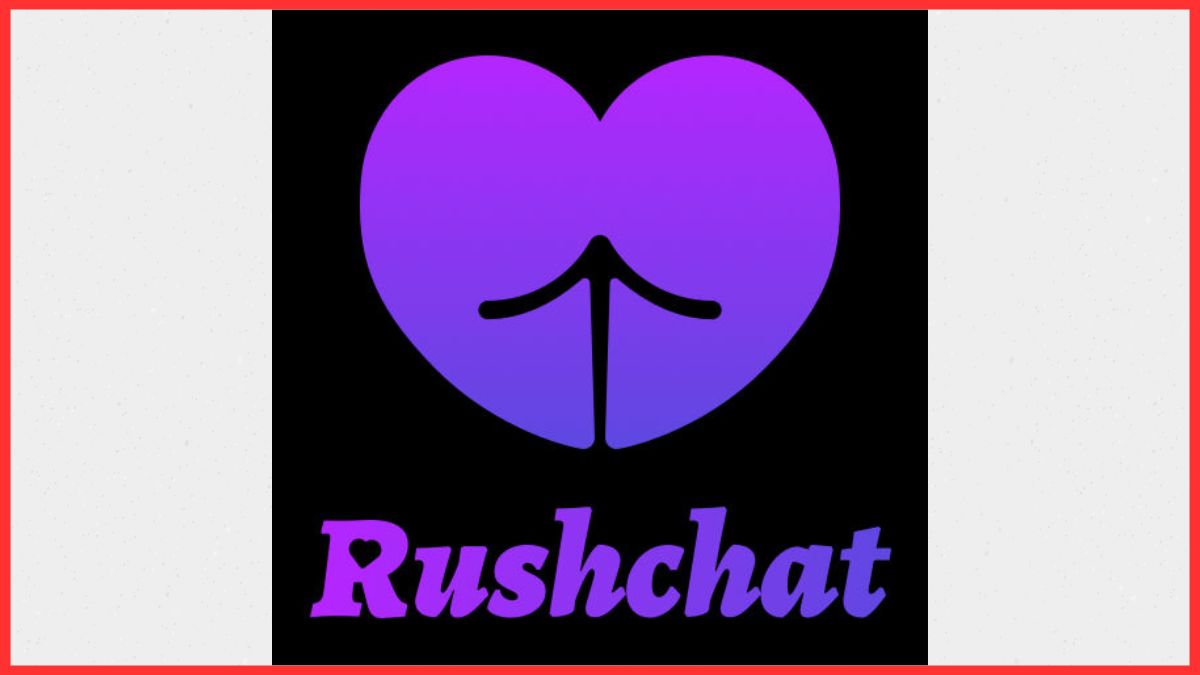
Advertisement
Digital intimacy has quietly become one of the most fascinating shifts in America’s tech and cultural landscape. While social media once ruled the stage, a new wave of platforms is turning companionship itself into a service—and RushChat sits right at the center of this transformation. Known as one of the fastest-growing AI girlfriend apps in the USA, RushChat has managed to combine playful conversation, emotional connection, and a clever business strategy to capture the attention of both teens and adults.
But how does RushChat actually make money? What exactly makes its business model stand out from other dating apps, social platforms, or even AI chatbots? To answer these questions, let’s dive into the details of how RushChat turns virtual affection into real revenue.
Why AI girlfriend platforms like RushChat attract American teens and adults
At first glance, the idea of talking to an AI girlfriend might sound futuristic—or even a little odd. But for many users in the USA, the appeal of RushChat is surprisingly simple. The app provides companionship without judgment, drama, or rejection. Teens curious about relationships can experiment in a safe, low-pressure space, while adults juggling busy lives can find comfort and validation at any time of day.
This emotional accessibility is key to RushChat’s success. Unlike traditional dating apps where matches are unpredictable, or social networks where validation depends on others, RushChat guarantees attention and engagement. That sense of on-demand intimacy creates not just user loyalty but also the foundation for a highly profitable business model.
The foundation of RushChat’s revenue model explained
Behind every witty reply and affectionate emoji, RushChat runs a carefully crafted monetisation system. The company doesn’t just rely on one income stream—it blends several, ensuring that different types of users contribute to revenue in different ways.
At its core, RushChat’s business model revolves around three major pillars: subscriptions, microtransactions, and premium features. Each of these is designed to align with user psychology while keeping the app’s engagement loop alive.
Subscription tiers and personalised upgrades
The first layer of RushChat’s revenue engine is its subscription-based model. Free users can enjoy basic interactions with AI companions, but meaningful connections are intentionally locked behind premium upgrades. Paid subscriptions offer perks like unlimited chat time, access to more advanced AI personalities, and even exclusive role-play scenarios that make conversations feel more realistic.
Personalised upgrades are another smart twist. For a slightly higher monthly fee, users can customise their AI girlfriend’s voice, personality style, or conversation themes. This personalization not only deepens emotional investment but also ensures recurring subscription income for RushChat. In the world of AI girlfriend apps USA, subscriptions are more than just access—they’re a way to build intimacy on demand.
Microtransactions and emotional monetisation
While subscriptions provide stable revenue, microtransactions are where RushChat’s model really shines. Users can purchase virtual gifts—flowers, jewelry, vacations—that their AI companion reacts to in real-time. These micro-moments of validation, though purely digital, tap into the same psychology that drives gift-giving in real relationships.
Emotional monetisation doesn’t stop at gifts. Some features allow users to unlock special conversations or even “memory boosts” where the AI recalls past chats in more detail. For the user, it feels like deepening a bond. For RushChat, it’s a brilliantly subtle way to keep money flowing through small, frequent purchases.
How RushChat balances user engagement with profitability
The real magic of the RushChat business model is not just in making money but in keeping users engaged long enough to spend. The platform carefully balances emotional satisfaction with just enough friction to encourage upgrades.
In other words, free users get a taste of companionship, but true depth—whether it’s unlimited conversation, exclusive features, or personalised responses—comes at a cost. This balance ensures that RushChat remains both emotionally fulfilling and financially sustainable.
Gamification strategies in AI intimacy
To make the experience more fun, RushChat borrows from the world of gaming. Users can unlock achievements, level up their relationships, and even collect rewards for consistent engagement. This gamification turns companionship into a game-like journey, encouraging users to return daily.
By blending intimacy with game mechanics, RushChat transforms emotional connection into a form of entertainment. And entertainment, unlike necessity, can be monetised endlessly without losing appeal.

Psychological hooks that fuel recurring spending
RushChat also leans on powerful psychological triggers. Features like streak rewards, timed events, and limited-edition AI companions create a sense of urgency. Users don’t want to miss out on a “special date night” event or a rare personality type, which leads to spontaneous spending.
The platform understands that emotional ties make spending feel more meaningful. Buying a digital gift doesn’t feel like a transaction—it feels like investing in a relationship. This unique psychology-driven business model explains why RushChat’s growth in the USA is accelerating so quickly.
RushChat vs traditional dating apps: A new kind of business battlefield
It’s tempting to compare RushChat to popular dating apps like Tinder or Bumble. After all, both involve relationships and conversations. But the business models are completely different. Dating apps depend on user matches, real-world meetups, and the unpredictable dynamics of human relationships. RushChat, on the other hand, guarantees companionship anytime.
This reliability gives RushChat an edge. Instead of dealing with rejection, ghosting, or awkward first dates, users get a steady flow of attention. From a revenue standpoint, this means users are more likely to stick around—and spend—because the app always delivers what they want: intimacy without complications.
Why the US market is crucial for RushChat’s growth
The USA is the perfect testing ground for AI girlfriend platforms. American teens and adults already spend billions each year on gaming, streaming, and digital microtransactions. Adding AI intimacy into that mix feels like a natural evolution.
Culturally, Americans are open to experimenting with new technologies, especially those that promise convenience and entertainment. Financially, the subscription economy is booming in the USA, making users more comfortable with paying monthly for experiences—from Netflix to Spotify, and now, RushChat. This combination of cultural readiness and financial familiarity makes the US market essential to RushChat’s long-term success.
The hidden layer of data, partnerships, and cross-industry collaborations
Beyond subscriptions and microtransactions, RushChat’s business model has another valuable layer: data and partnerships. While respecting privacy laws, platforms like RushChat gather anonymised insights into how people interact with AI companions. These insights can be valuable for industries ranging from gaming to mental wellness.
Partnership opportunities are endless. Imagine RushChat collaborating with fashion brands to sell virtual outfits for AI companions, or working with entertainment companies to create AI versions of fictional characters. Each partnership would expand RushChat’s revenue streams while keeping users entertained with fresh content.
Could AI girlfriends become a new digital economy? A unique future angle
Here’s where things get truly exciting. If RushChat continues to grow, AI girlfriends might evolve into more than just digital companions—they could become the foundation of a new virtual economy. Users might spend on virtual homes, vacations, or even shared digital experiences with their AI partner, blurring the line between gaming, relationships, and lifestyle.
Beyond intimacy, RushChat’s model could inspire future applications in education, therapy, or personal development. Imagine AI companions that coach you through fitness, teach you new skills, or support mental health—all built on the same emotional monetisation framework. What starts as a playful AI girlfriend app could very well shape the future of human-AI interaction in ways the world hasn’t seen before.
Closing thoughts
The RushChat business model is more than just clever monetisation—it’s a window into how Americans are redefining connection in the digital age. By blending subscriptions, microtransactions, gamification, and psychological hooks, RushChat has created a platform that’s not only profitable but also culturally relevant.
For teens, it’s a safe space to explore relationships. For adults, it’s a convenient escape from loneliness. And for the business world, it’s a blueprint for how intimacy itself can be transformed into a sustainable digital economy.
As AI girlfriend apps in the USA continue to expand, RushChat stands as proof that the future of companionship is not just about swiping right—it’s about creating a bond with technology that feels personal, rewarding, and endlessly monetisable.
This article is intended solely for informational and editorial purposes. It does not constitute endorsement, promotion, or encouragement of the use of artificial intelligence companions or related technologies. Business Upturn makes no representations or warranties regarding the accuracy, completeness, or reliability of the information provided, and readers are advised to exercise their own discretion when interpreting or relying on this content.
